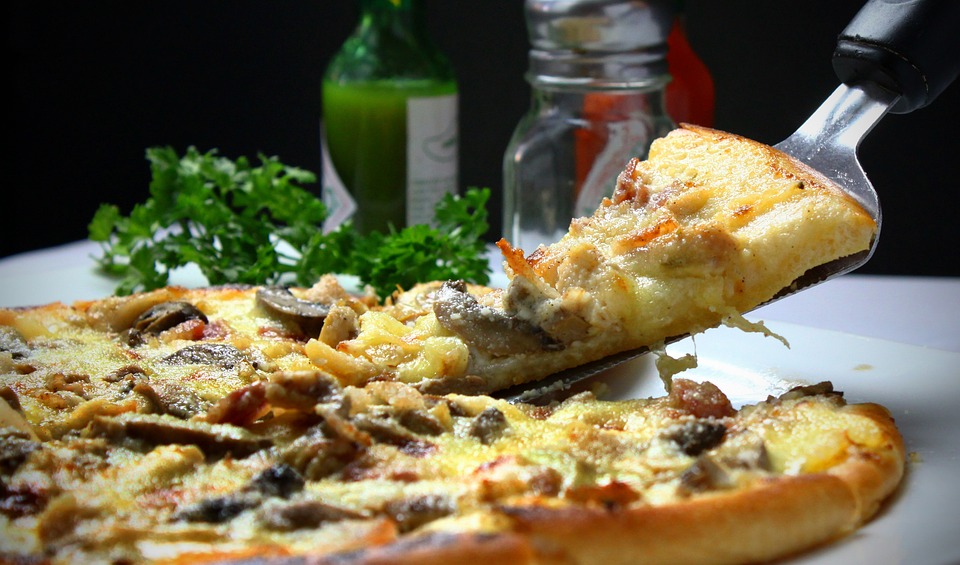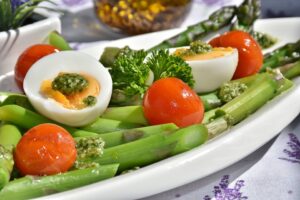When we think of Indian cuisine, we usually think of aromatic dishes brimming with herbs and spices, and that thought is usually correct. Indian cuisine is definitely known for its strong taste and strong aroma due to the variety of herbs and spices that they use in their dishes.
Indian cuisine also varies from region to region. This is because there are a lot of factors that helped shape the development and history of Indian cuisine, depending on the region as mentioned above.
Indian cooking techniques and methods can be traced back as far as 5,000 years ago. It has been shaped by the land as well as the products that come from a particular area; Thus, there are diverse regional Indian cuisines. Apart from this, their religion has greatly influenced their cooking. Another factor that greatly influenced Indian cuisine was the merchants as well as travelers passing through the region. They leave behind new cooking methods as well as new dishes and new ingredients that the locals incorporate into their cooking. The rulers who ruled also influenced Indian cuisine. But the most amazing thing is that the identity of the original Indian cuisine has never been lost. In fact, it has retained its uniqueness, and all these influences have enhanced the kitchen and made it richer.
The normal diet consists of meat, usually game, and they also make use of fruits and vegetables. The use of spices in Indian cuisine has been around for a long time, and this can be traced back to around 3000 BC. When religions like Buddhism and Hinduism grew in India, vegetarianism became prevalent and flourished. In fact, the prohibition of eating beef has become an ancient feature of Hinduism, and the practice continues to this day.
Come medieval times, tea and spices were introduced to India by travelers and merchants. Much later, Indian cuisine was once again influenced by invaders and invaders coming from Central Asia as well as the Afghan region. It was also during this time that spices became a part of Indian cuisine, particularly the use of saffron. By the eighteenth century, when the British came to India to rule the land, a marriage of two cuisines and cultures took place, coined as Anglo-Indian cuisine. It was not surprising, then, to see that traditional British cuisine such as roast beef took on an Indian influence by making use of local Indian spices such as paprika as well as curry. Raj traditions also emerged, one of which is the tradition of high tea.
If there is one thing that can be said about Indian cuisine, it is that even if a lot of world cuisines have greatly influenced traditional recipes and methods of Indian cooking, they have always retained their authenticity and originality. Moreover, they have kept their culture and history, especially when it comes to avoiding the use of pork or beef in their dishes due to religious reasons.
As mentioned above, there are a variety of regional Indian cuisines that helped shape what it is now. These districts are Awadhi, Mughlai, Bengali, Rajasthan, Konkani, Udupi, Malabari, Punjabi, Hyderabad, Sindhi, Marwari, Chettinadu, Dogri, Kashmir, and Marathi. These regional Indian cuisines differ in the ingredients used as well as the methods used in cooking their dishes, and each regional Indian cuisine will be discussed in brief detail in the following articles.
Ingredients used in Indian cuisine
* The following list is by no means comprehensive. It is only intended as a reference source.
Pulses and legumes: Bengal gram, black gram, green gram, lentils, split gram, soybeans.
Spices and seasonings: Asafetida, cardamom, chili, cloves, coriander, cumin, fennel, fenugreek, garlic, ginger, mace, nutmeg, thyme, pepper, tamarind, turmeric, walnuts.
Nuts and oilseeds: Almonds, cashews, ginger, coconut, peanuts, flaxseed, mustard, pistachios, safflower and sunflower.
Cereals and grains: Millet, barley, buckwheat, milo, maize, ragi, rice, semolina, wheat and wheat flour.
vegetables: Onions, garlic, spinach, peas, tomatoes, chickpeas, potatoes.
Meat: Chicken, mutton, mutton.
Seafood: Shrimp, prawns, lobsters, and seawater fish species.
Classic chicken tikka masala
ingredients:
* 2 tablespoons of vegetable oil
* 1 tablespoon of butter
* 400 grams of chopped onion
* 600 grams of chopped tomatoes
* 1 kg skinless chicken breast, cut into 2.5-4 cm cubes
* 4 tablespoons of Batak tikka masala paste
* 2 tablespoons of thick plain yogurt
* Salt to taste
* 150 ml cream
* A large pinch of dried fenugreek leaves (optional)
* 3 tablespoons of chopped fresh coriander
* Juice of half a lemon
* A little sugar
Procedure:
1. In a bowl, mix 2 tablespoons of Batak tikka masala paste and yogurt. Add the chicken, cover, and leave to marinate in the refrigerator for at least 2 hours, or overnight if you have time.
2. Heat the oil in a large, heavy skillet over low heat. Add chopped onion and sauté for 10 minutes until light golden brown.
3. Add 2 tablespoons of Batak tikka masala paste and cook for 2 minutes. Drizzle a little water if the sauce starts to stick.
4. Add the chopped tomatoes and the butter. Cover and simmer over low heat for 25-30 minutes, stirring at regular intervals, until the butter separates from the gravy.
5. Remove the chicken from the marinade and add it to the sauce. Continue cooking for 10-15 minutes or until chicken is completely cooked through.
6. Add salt and sugar to taste and stir with cream.
7. Finally, add the dried fenugreek leaves and squeeze them in the lemon juice. Sprinkle with chopped coriander and serve hot with naan batak bread
Classic chicken korma
ingredients:
* 450g chicken breast, cut into cubes
* 100g chopped onion
* 1 teaspoon of crushed black pepper
* 1 tablespoon of blanched almonds
* 25 ml double cream
* 1 tablespoon of chopped fresh coriander
* 1/2 teaspoon fennel seeds
* 1 chopped tomato
* 2 tablespoons of vegetable oil
* 1/2 teaspoon of finely chopped ginger
* Salt to taste
3 tablespoons of Batak Korma paste
Procedure:
1. Heat the oil in a frying pan and fry the onion slices. Add the fennel seeds and sauté for 1-2 minutes.
2. Add the black pepper and chicken and continue to cook for another 3 minutes, then add the batak korma paste and tomato.
3. Cook for 15 minutes or until chicken is cooked through, splashing with water if batter starts to stick to pan.
4. Add the ginger, half of the coriander leaves, the almond flakes and the cream. Cook for another 3-4 minutes and serve hot, garnishing with the remaining cilantro.




No comments! Be the first commenter?